5 ways to empower SMEs to create impactful digital learning (with video)
6 minute read
50% of L&D teams are looking to experts in their organizations to help with learning content creation. It’s the perfect way to deliver on the increasing demand for specific organizational skills. But as novices in learning design, can SMEs really deliver the right results? We explored this very challenge with David Hepworth, Learning Tech & Design Lead at Aviva who’s been living and breathing a collaborative content model for a while. Here are our five tips.
Why L&D are under pressure to find new ways to provide learning.
80% of L&D teams say they are being asked to deliver much more, with limited capacity to do so.
Of course, the fact that L&D teams are overstretched is not a new challenge. But demand for learning, and especially digital learning, has accelerated at a huge rate since the Covid Pandemic. The increase in demand is a great sign that L&D teams are (finally!) being valued. Yet it is an extra headache for learning managers – how to do more, with less? The pressure is on.
“The rise in digitization of content and the need to be variable in how we deliver has rapidly increased. That’s putting huge pressures on teams who create and source content across our industry…Compound that with rising costs…[the] needs for more expertise…and learners with incredibly high expectations…the world we’re in right now is not without its challenge!”
David Hepworth, Learning Technology & Design Lead at Aviva
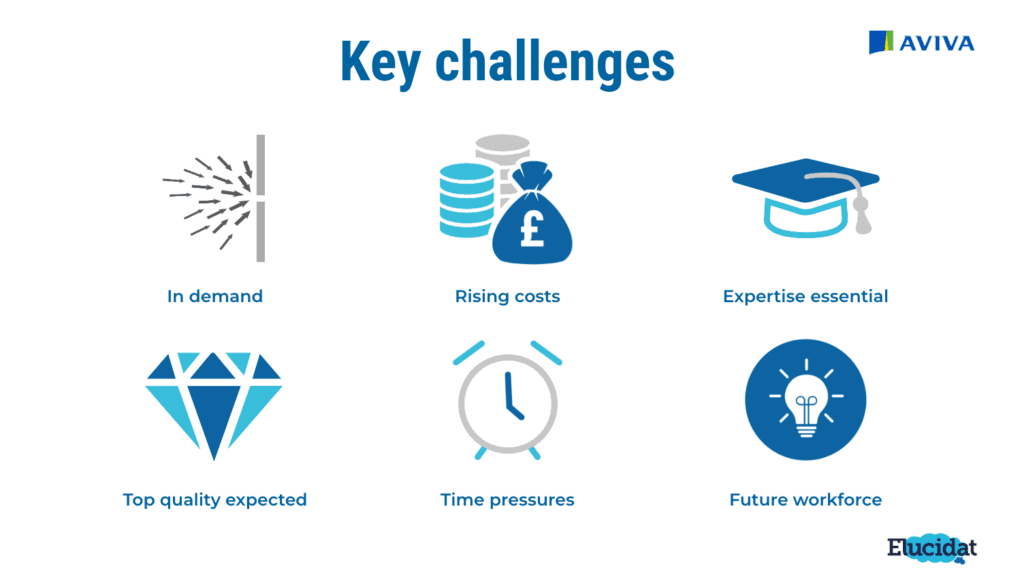
Where SMEs can step up as learning content creators, to reduce the pressure
It’s no wonder that 50% of L&D teams are looking beyond their team for help with content creation.
Enter your Subject Matter Experts – otherwise known as the Lawyers, Product Managers, Sales and other experts in your organization. Here is a potential answer to addressing the rise in the need for specific skills in your organization.
Requests for specific skills are on the rise – who else will do it?
This brand new learning content model from industry analysts, RedThread Research in their latest paper, helpfully shows how specific and generic learning needs differ. Learn about this by watching an in-depth discussion with RedThread and other learning experts by watching this webinar recording (and get access to the report ahead of its release).
Whereas generic content can be bought off the shelf, specific skills are what sets your organization apart from competitors. And it’s these needs that are not only on the rise, but that depends on in-house experts. So why not go further than partnering with them to ‘get their input’, to actually have them produce content?
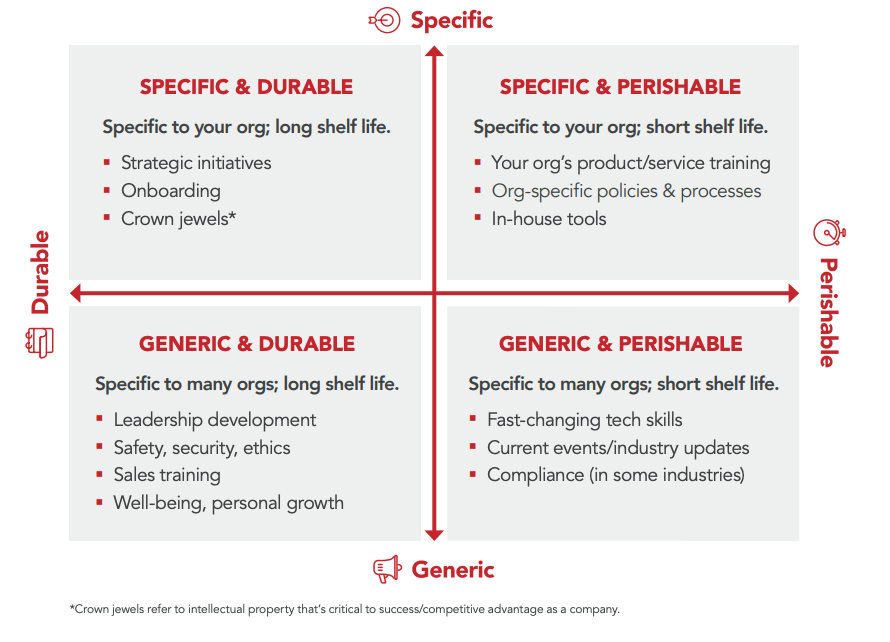
Quality counts: how can SMEs create impactful elearning?
There’s a big but with this model: Quality.
How can you ensure that an in-house expert who specializes in their subject, but who isn’t a learning designer won’t:
– dump in too much
– go off-brand
– deliver content, but not an experience that supports learning?
“You know, one of the tongue in cheek comments I often make is that the typical habit of an SME is to vomit on a page because they want to impart all of their knowledge and all of their wisdom and all of their understanding and sometimes mistake what really matters”.
David Hepworth, Learning Technology & Design Lead at Aviva
Engagement + relevance + clarity + examples or stories + activities. These are the kinds of ingredients to impactful elearning. So how can we support SMEs who are novices to learning design to be successful?
5 ways to empower SMEs to create impactful digital learning
1. Use templates
An obvious point to start with perhaps, but you’d be surprised by the number of learning teams who give SMEs a blank canvas to get started with. No wonder many of those projects don’t get off the ground.
Templates, designed by learning professionals in your team, with specific purposes in mind, are a no-brainer. Make sure they are on brand, ready-styled, and have a sensible flow to them.
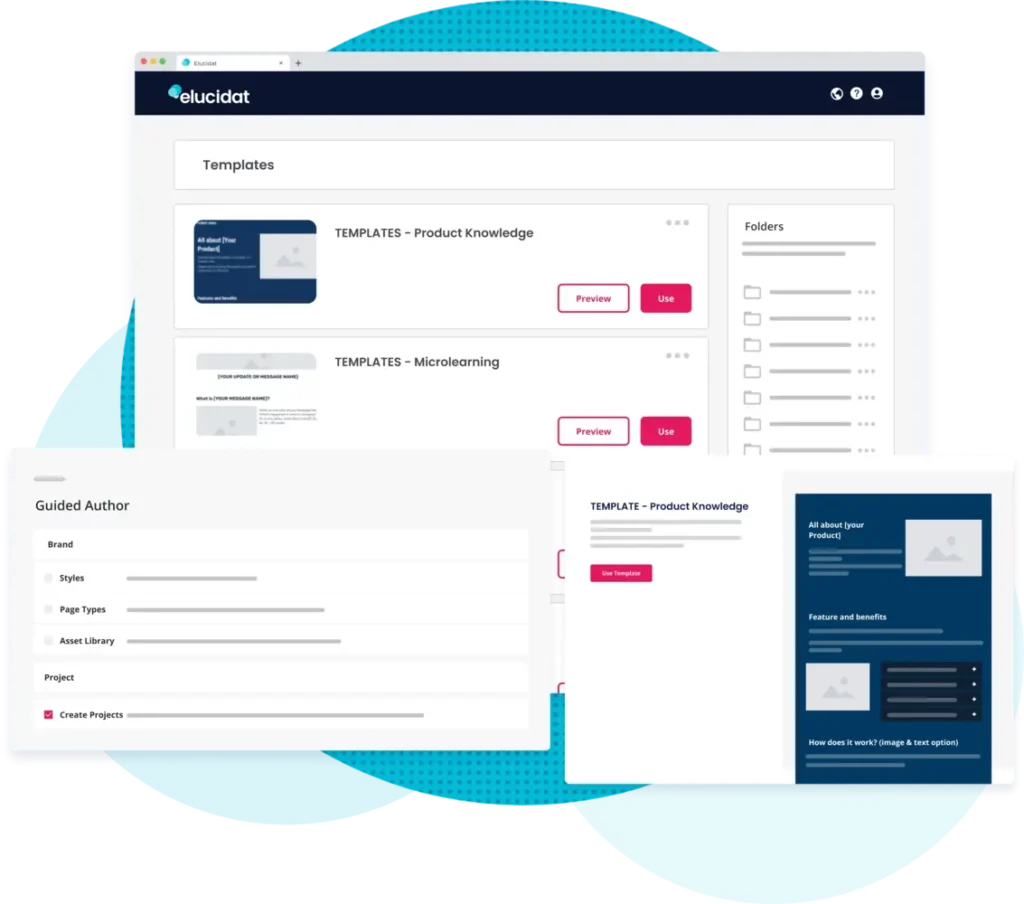
“Painting by numbers can still create masterpieces – avoid the temptation to start from scratch”
David Hepworth, Learning Technology & Design Lead at Aviva
2. Don’t ‘just’ give a template – impart guidance
A template, even with on-brand styling and a structure, is still an empty shell. Go further and impart advice and guidance in your template. For example, as learning designers you know that the opening statement in any digital learning needs to ‘pitch’ the module to the audience. It starts with ‘What’s in it for me?’. So add in some guidance text that asks for that.
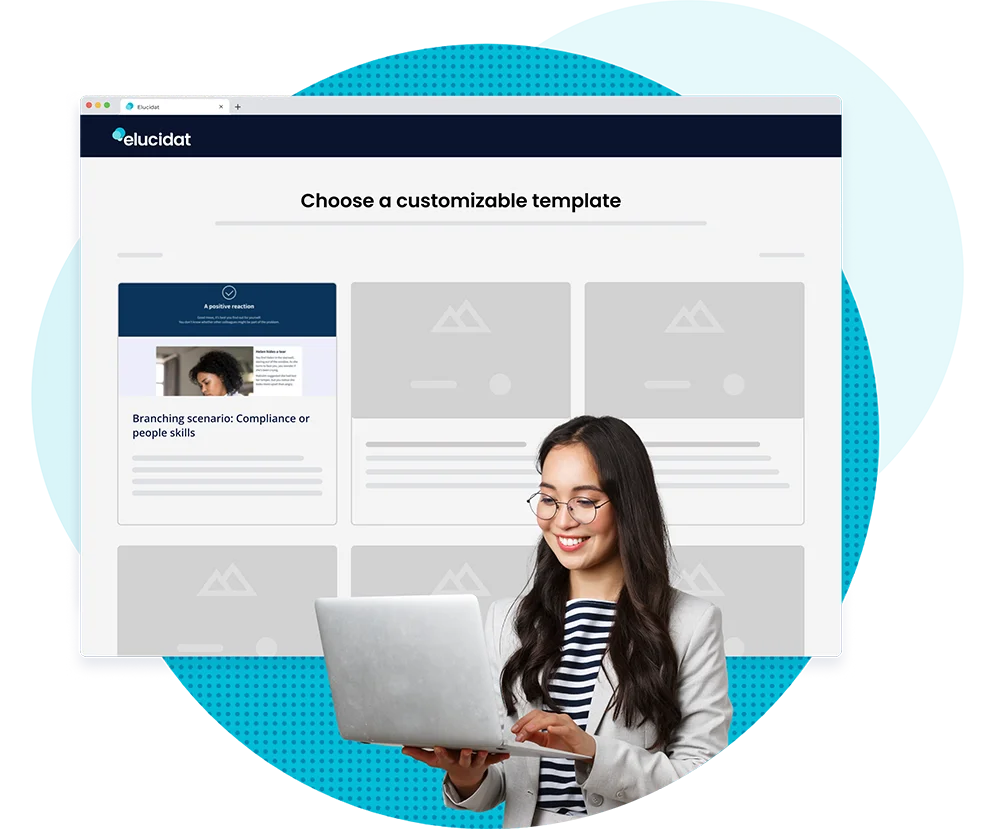
One customer described this as like having a ‘Designer in your pocket’.
3. Make asking for help as easy as possible
In their normal day job, an in-house expert will turn to a colleague for advice or input when they need it. They need to be able to this easily in their elearning creation too. Encourage it in fact, to help them get their project done more efficiently.
Look for authoring platforms that have easy-to-use, collaboration capabilities.
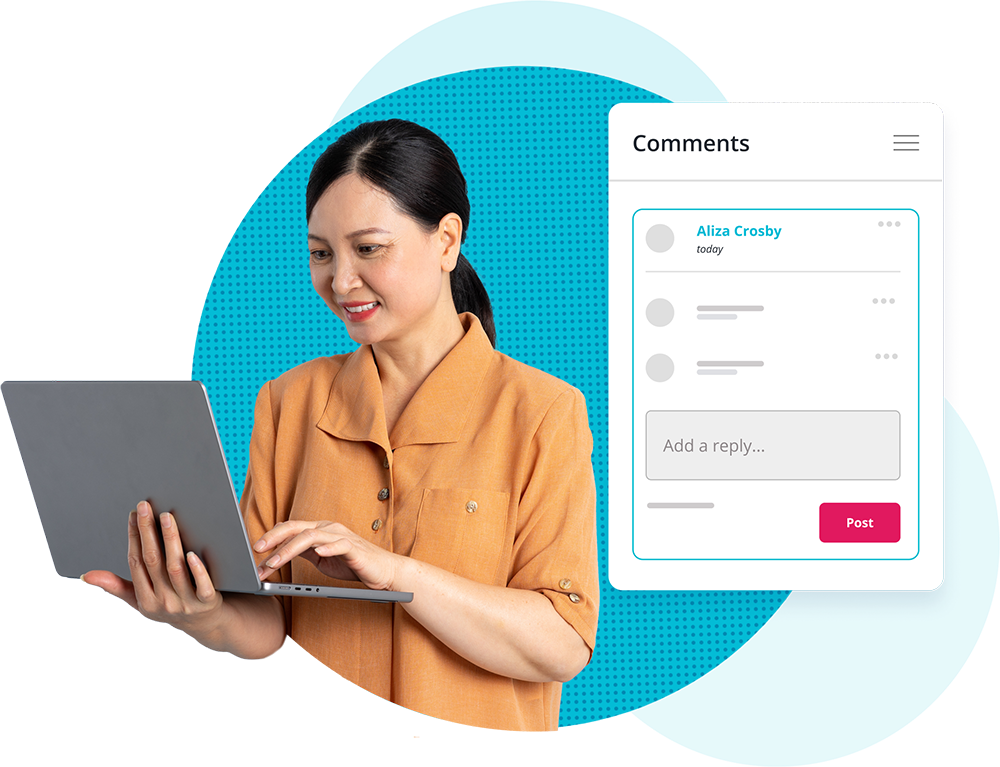
4. Set standards, and always review
The key to ensuring SMEs can create impactful elearning is to set and hold up standards. You can do this in your templates and the guidance they include, of course, but we recommend going further.
At Aviva, novice elearning designers have to meet a benchmark. They are asked to take a super short course in effective elearning design. “We set a framework for what good learning is and how to approach good learning design”. After that, the novice author is given their ‘license’ to practise.
We’d also encourage that every project is reviewed. In other words, rather than allowing a novice author to release an elearning project, remove that option from their permissions. Instead, they need to get their project reviewed by an experienced elearning designer from the L&D team.
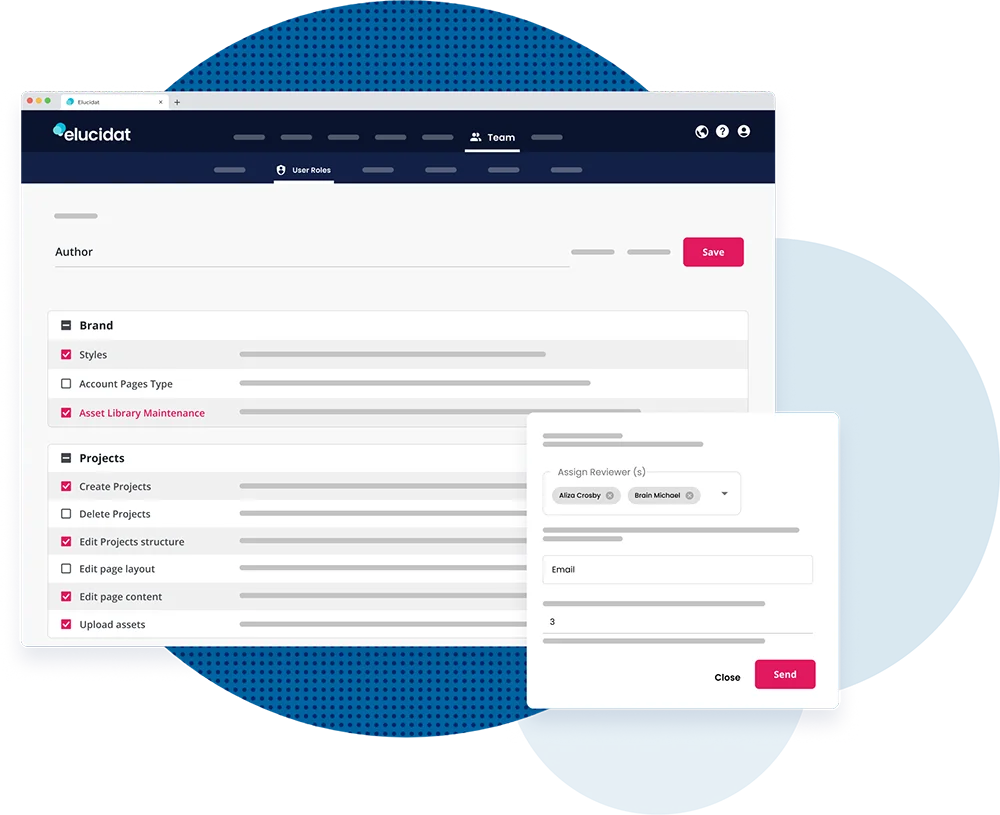
Once the L&D professional can see the project has been reviewed and tickets closed out, they know it’s good to go. So the L&D team still holds control over what goes out the door.
5. Create and build a community
David is passionate about the role of community. Whilst some SMEs may produce one or two projects, others may go on to produce hundreds. So it’s key that they feel supported, encouraged and part of the learning family.
“We have events, we have lunch and learns. We’re talking to each other, we’re working with each other”
David calls their approach at Aviva a ‘hub and spoke’ model. L&D professionals are there to set and uphold standards and empower and encourage a network of employees to carry that out. This means they are there to be coaches, consultants, reviewers and listeners!
“As your community grows so will your mix of experience and expertise, leverage the growing community to accelerate the authoring capabilities of your SME’s, listen to pain points and challenges and fan the flames of your community by investing in them”
David Hepworth, Learning Technology & Design Lead at Aviva
Think collaboratively
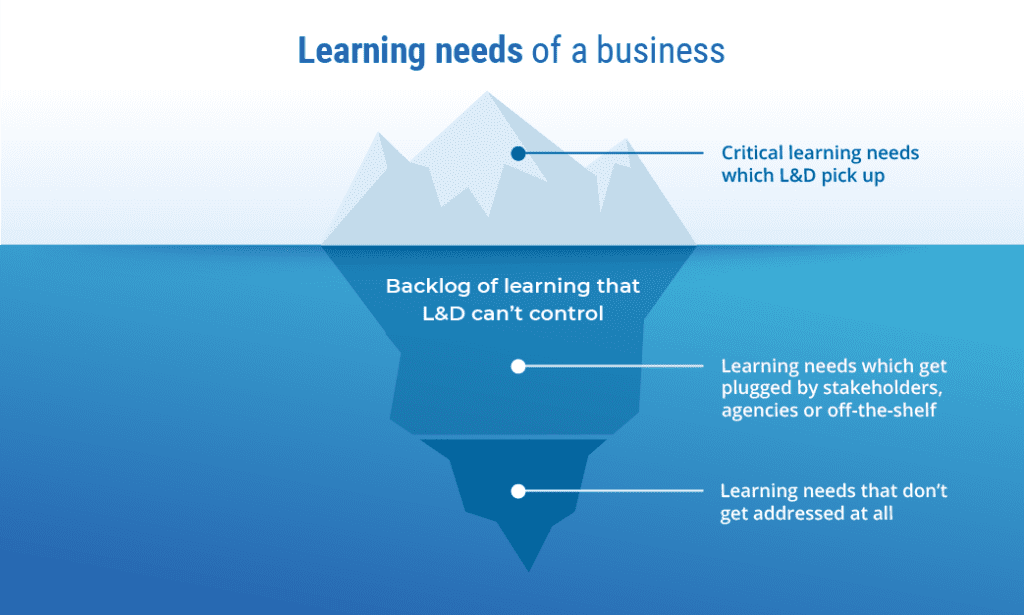
At Elucidat, we see collaborative content creation as the heartbeat of the new way to get learning content and experiences created.
One where specialists in learning design can focus on strategic projects, performance consultancy, and designing those crown-jewel projects. And they gain the time to do this by empowering novice authors, like SMEs, to work on more straightforward, skill-specific projects.
Use these steps to ensure you’re setting up your SMEs to be successful in their elearning creation.
Explore real-world examples
Discover more how nCino, a global leader in cloud banking, has empowered three novice authors to deliver effective learning modules in no time, to the right standards.
Looking for the right tool for the job? Elucidat’s Company Templates feature can help you empower your people to create impactful digital learning, on a global scale, without the risk. Get in contact to learn more!
Already an Elucidat customer? Contact your Customer Success Manager to learn more about this functionality.



